Romosozumab-aqqg
Class: Bone Anabolic Agents
Chemical Name: Anti-(human sclerostin) (human-mouse monoclonal 785A070802 heavy chain), disulfide with human-mouse monoclonal 785A070802 κ-chain, dimer immunoglobulin G2
Molecular Formula: C6452H9926N1714O2040S54
CAS Number: 909395-70-6
Brands: Evenity
Warning
May increase risk of MI, stroke, and cardiovascular death. (See Cardiac Effects under Cautions.)
Do not initiate in patients with a history of MI or stroke within the past year. In those with other cardiovascular risk factors, consider whether benefits of the drug outweigh risks.
If patient experiences an MI or stroke, discontinue romosozumab.
Introduction
Bone anabolic agent; humanized anti-sclerostin monoclonal antibody.
Uses for Romosozumab-aqqg
Osteoporosis
Treatment of osteoporosis in postmenopausal women at high risk of fracture, defined as history of osteoporotic fracture or multiple risk factors for fracture.
Treatment of osteoporosis in postmenopausal women following failure of or intolerance to other available osteoporosis therapies.
Anabolic effect wanes after 12 months of therapy; limit duration of romosozumab therapy to 12 months. (See Absorption under Pharmacokinetics.) If continued treatment of osteoporosis needed, consider use of a bone resorption inhibitor.
In addition to adequate intake of calcium/vitamin D and other lifestyle modifications (e.g., exercise, avoidance of excessive alcohol and tobacco use), experts recommend that pharmacologic therapy for osteoporosis be considered in postmenopausal women and in men ≥50 years of age with high risk of fractures (generally those who have experienced a previous hip or vertebral fracture or who have low bone mineral density [BMD]); pharmacologic therapy also may be considered in postmenopausal women and in men ≥50 years of age with low bone mass, although there is less evidence supporting overall fracture risk reduction in such patients.
Use of a drug with proven antifracture efficacy is recommended.
Individualize choice of therapy based on potential benefits (with respect to fracture risk reduction) and adverse effects of therapy, patient preferences, comorbidities, and risk factors.
Some experts recommend romosozumab (for up to 1 year) as a treatment option in postmenopausal women with osteoporosis at very high risk for fracture, such as those with severe osteoporosis (i.e., T-score below −2.5 and fractures) or multiple vertebral fractures, to reduce risk of vertebral, hip, and nonvertebral fractures; following completion of romosozumab treatment course, administer other antiresorptive therapy to maintain bone mineral density (BMD) gains and reduce fracture risk. Avoid use in women at high risk for cardiovascular disease or stroke (i.e., history of MI or stroke) pending further characterization of the drug’s cardiovascular risks. (See Cardiac Effects under Cautions.)



